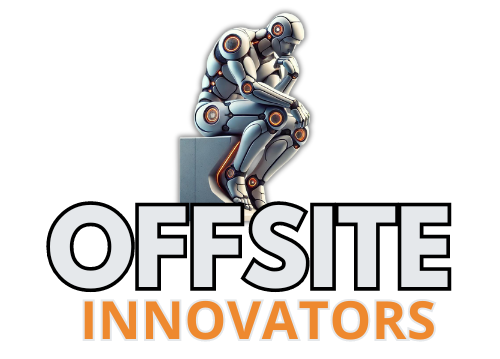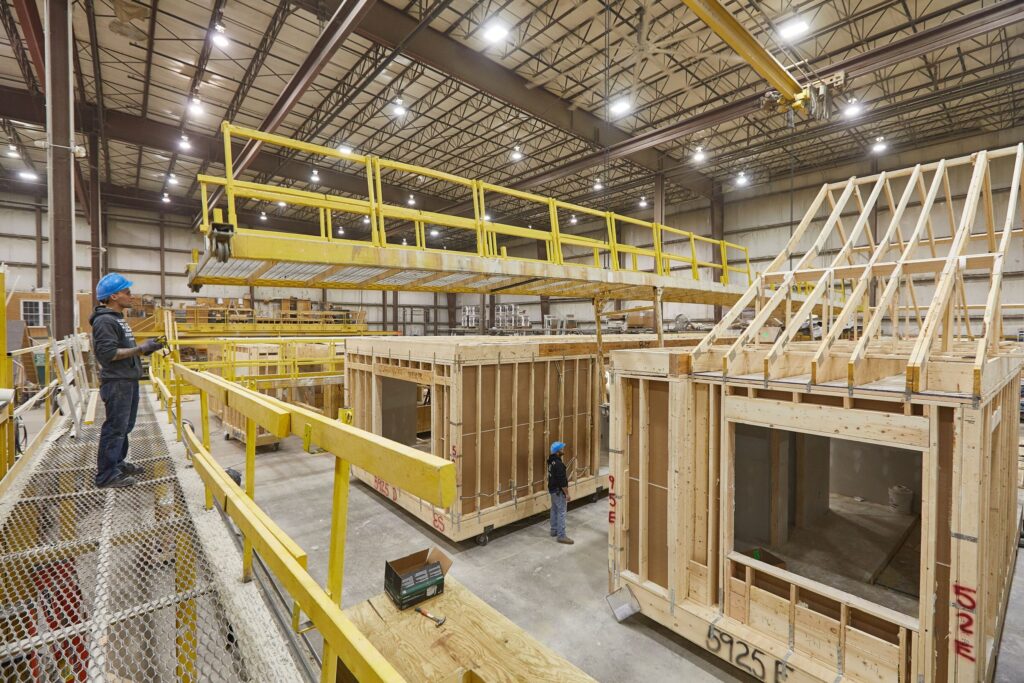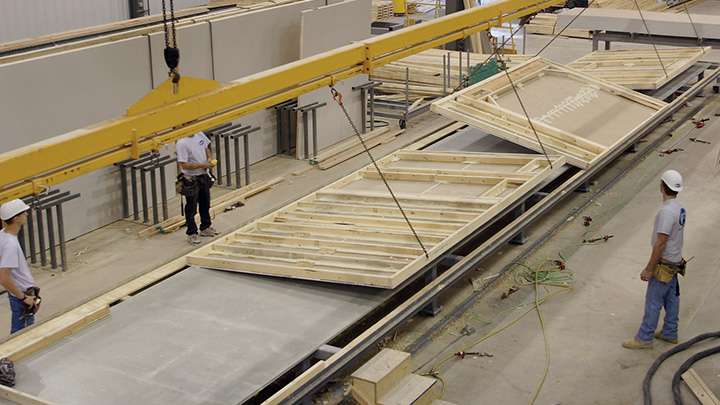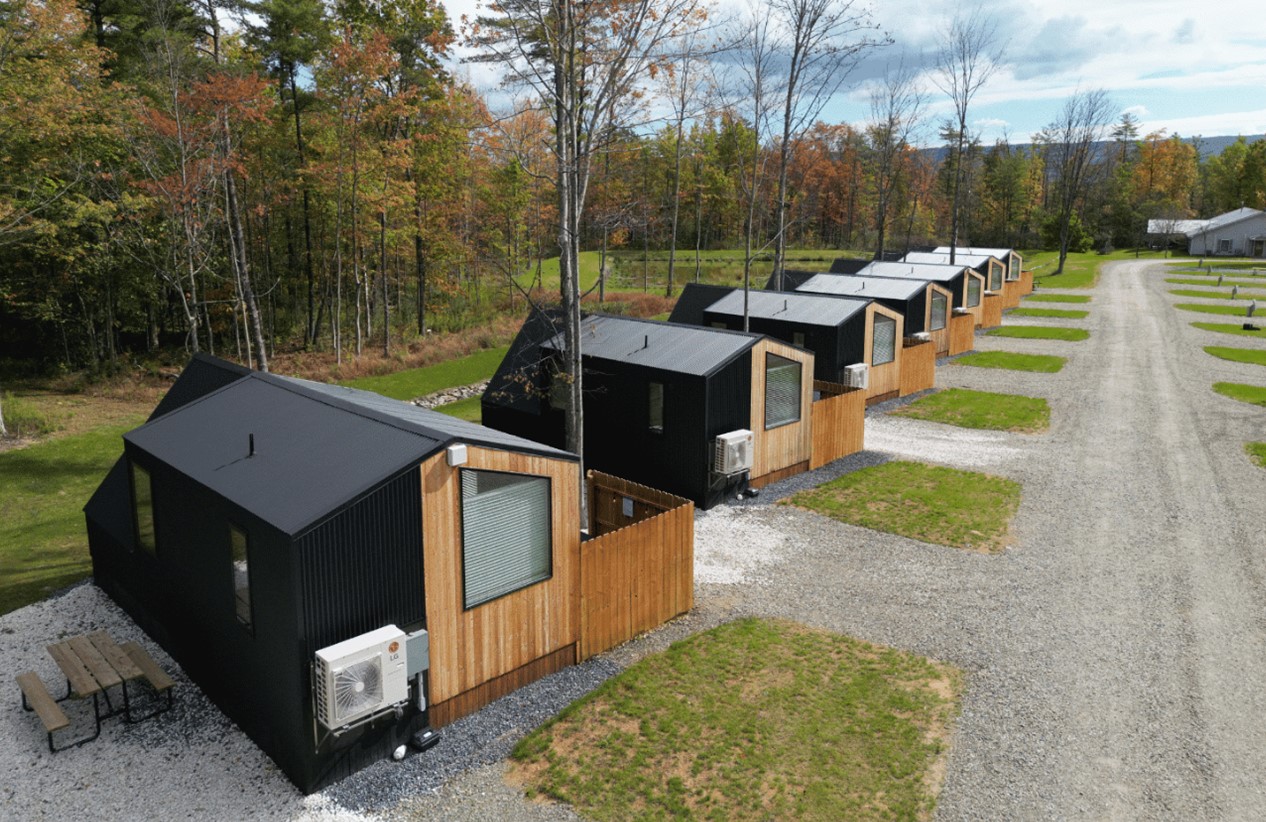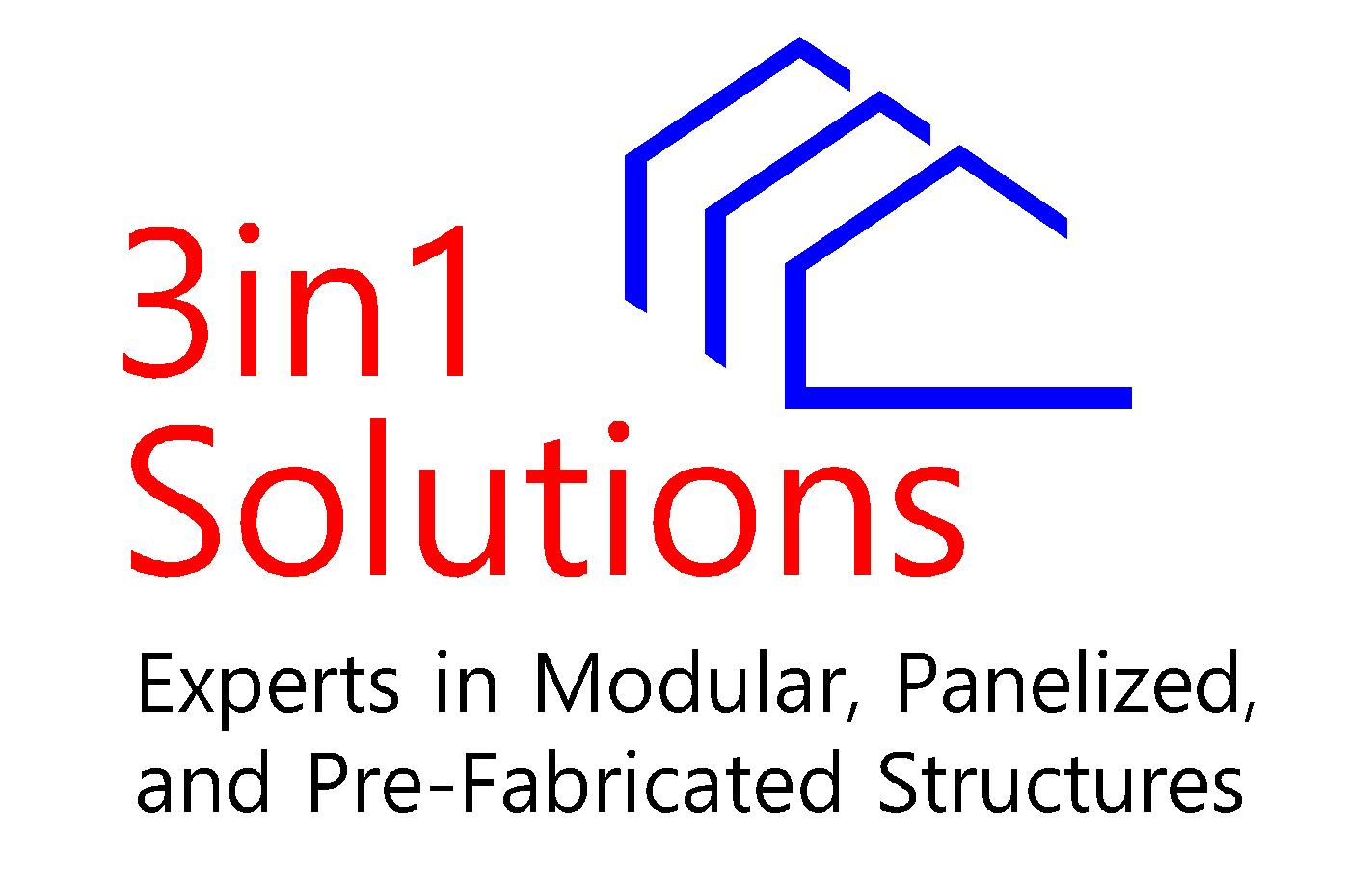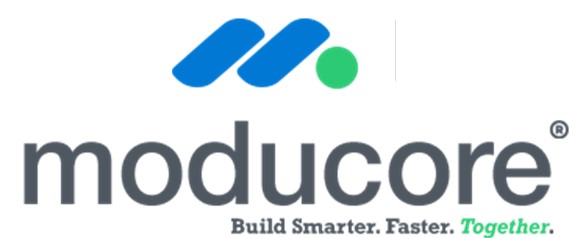The modular construction industry stands at a crossroads, with factories spanning a spectrum of types and ages. Each type faces unique challenges and opportunities as they navigate the shifting landscape of construction innovation, economic uncertainty, and sustainability demands.
This article delves into the five distinct types of modular factories, assessing their potential to effect change and achieve profitability over the next decade.

Photos – top – Signature Homes, above – Fading West
1. Older, Established, and Profitable Factories
These factories have honed their processes over decades, earning steady profits by sticking to tried-and-true methods. Their reluctance to stray from their traditional approaches stems from a desire to protect their financial stability and minimize risk.
Prospects for Change: While these factories have deep industry knowledge and established customer bases, their hesitance to adopt innovative technologies like automation or AI could hinder their competitiveness. As the construction industry evolves, these factories risk losing ground to more agile competitors that embrace change. However, their financial strength gives them the ability to experiment with gradual innovations, such as incremental updates to software systems or targeted pilot programs for new techniques.
Path to Profitability: To maintain profitability, these factories must balance tradition and innovation. The gradual integration of new technologies and processes, coupled with investments in employee training, can help them stay relevant without disrupting their core operations. Engaging with industry consultants to identify low-risk areas for improvement may also enhance their adaptability without significant disruption.
2. Old, Established, and Bordering on Profitability
These factories have survived for decades but struggle to achieve consistent profitability. Often resistant to change, they rely on outdated systems and are managed by leaders who are more focused on selling the business than revitalizing it.
Prospects for Change: Their unwillingness to modernize makes them unlikely drivers of industry-wide transformation. However, a strategic acquisition by a forward-thinking buyer could inject new life into these factories, enabling them to adopt modern practices and regain competitiveness. These factories also present opportunities for younger management teams who might see value in revitalizing underperforming assets.
Path to Profitability: For these factories, the key lies in finding buyers willing to invest in upgrades and new management. Partnerships with innovative startups or tech providers could also open pathways to profitability by reducing inefficiencies and expanding market reach. In the interim, these factories could explore niche markets or specialized services to stabilize their financial standing.
3. Newer Factories Built Within the Last Decade and Profitable
These factories represent the industry’s success stories, having navigated the complexities of modern modular construction to achieve profitability. They’ve built strong customer relationships and adopted more advanced systems and software.
Prospects for Change: Positioned as leaders in the modular industry, these factories are well-equipped to champion innovation. Their willingness to explore new technologies and methods makes them pivotal in reshaping the industry’s future. By leveraging their profitability, they can invest in sustainability initiatives, automation, and AI-driven solutions. These factories are also in a strong position to mentor or collaborate with less successful counterparts.
Path to Profitability: Maintaining their edge requires continuous innovation and responsiveness to market trends. These factories should focus on expanding their customer base, enhancing efficiency, and staying ahead of regulatory changes, particularly in energy and environmental standards. Developing proprietary systems or methods could also provide a competitive advantage and create new revenue streams.
4. Newer Factories Emulating Older Factories
These factories have attempted to replicate the success of established players by mimicking their processes and business models. However, many struggle to achieve the same level of success due to a lack of differentiation and adaptability.
Prospects for Change: Without a willingness to innovate, these factories are unlikely to drive significant change. Their rigid adherence to traditional practices places them at a disadvantage in a competitive landscape increasingly defined by agility and technological advancement. These factories often miss opportunities to address emerging market needs, such as sustainable building practices or customizable modular solutions.
Path to Profitability: To improve their chances, these factories must break away from emulation and forge their own identities. Investing in research and development, adopting modern systems, and aligning with forward-thinking industry partners can help them carve out a sustainable niche. Leadership changes or the introduction of innovation-focused teams could also be critical in driving their transformation.

photo – Autovol
5. Brand-New Factories
These factories, either recently built or still in the planning stages, represent the industry’s most ambitious ventures. Often founded by individuals with limited experience in modular production, these factories aim to revolutionize the industry with automation, robotics, AI, and cutting-edge ideas.
Prospects for Change: As potential disruptors, brand-new factories hold the greatest promise for driving innovation. Their focus on reshaping modular construction aligns with broader industry trends toward sustainability and efficiency. However, their lack of experience and the high cost of implementing advanced technologies pose significant risks. Navigating these risks requires strategic planning, access to capital, and partnerships with experienced stakeholders.
Path to Profitability: Success for these factories hinges on securing adequate funding, assembling skilled teams, and developing scalable business models. Collaborations with experienced consultants and partnerships with established players can help bridge the knowledge gap and mitigate risks. Early adopters of their innovative approaches could serve as case studies, building credibility and attracting further investment.
Key Industry Trends Shaping the Next Decade
Sustainability Pressures: The push for greener construction practices is accelerating, and modular factories must adapt. Profitable and newer factories are better positioned to embrace sustainable materials and processes, while older factories may struggle with the associated costs.
Economic Uncertainty: Global economic challenges will test the resilience of modular factories. Agile and innovative factories are more likely to weather economic downturns and capitalize on emerging opportunities.
Technological Advancements: Automation, robotics, and AI are transforming construction. Factories that invest in these technologies will gain a competitive edge, while those that resist may fall behind.
Workforce Challenges: The industry’s skilled labor shortage remains a critical issue. Modular factories must prioritize workforce development and explore automation to address this challenge.
Market Demand: As demand for affordable and sustainable housing grows, modular factories must adapt to meet diverse customer needs. Factories that can innovate quickly and efficiently will capture a larger share of this expanding market.
The future of modular construction depends on the ability of its factories to evolve. Old, established factories must overcome their resistance to change, while newer and brand-new factories must navigate the challenges of scaling and innovation. By embracing sustainability, technology, and workforce development, the industry can overcome economic uncertainties and drive lasting change.
Each type of factory will play a role in shaping the next decade of modular construction. The question is not whether the industry will evolve but how quickly and effectively these factories will adapt to secure their place in a rapidly changing world.
